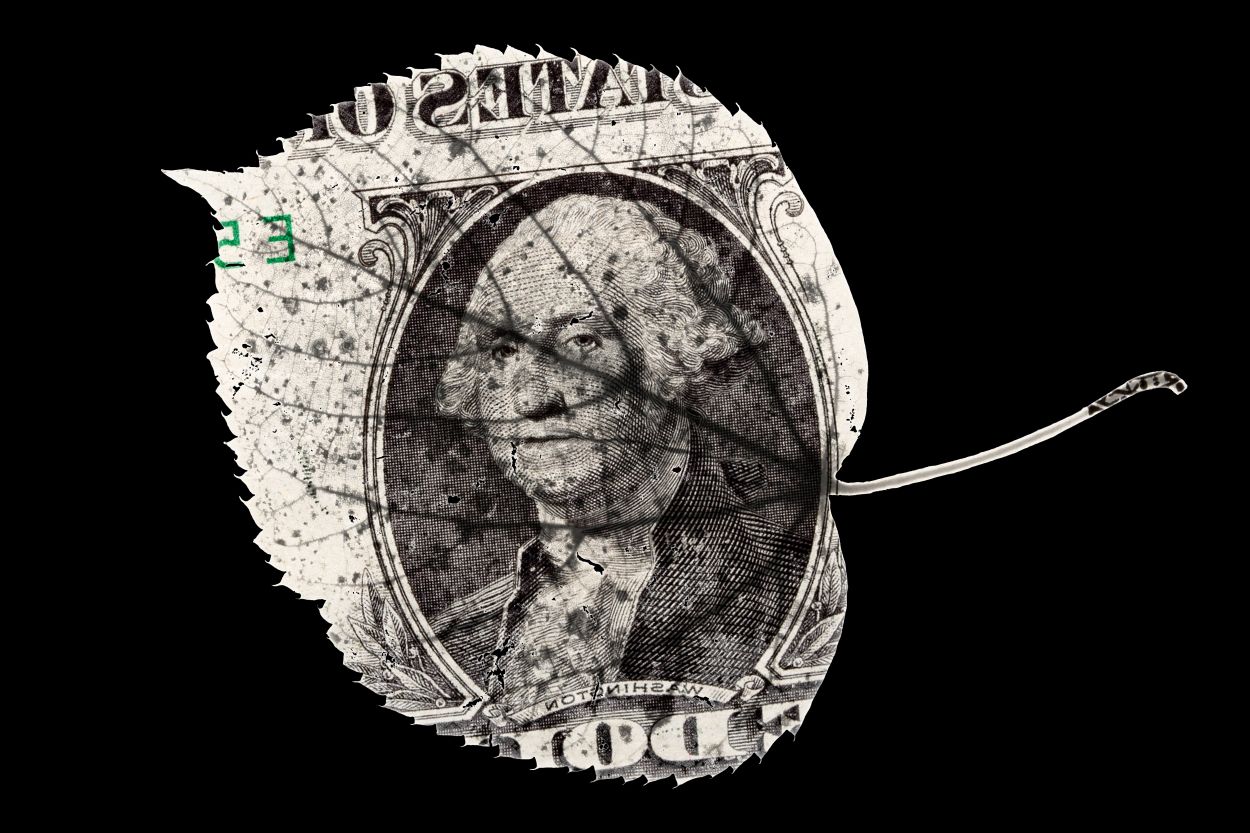AUD/USD continues to struggle, extending weekly losses by 2.28%. Mixed US economic data strengthened the dollar, paring Thursday’s losses. Australia’s average non-farm income rose by 5.0%, opening the door to higher inflation. AUD/USD erases Thursday’s gains after a warmer-than-expected US inflation report and slips below 0.6300 on the market’s risk-off momentum as traders set their sights on another big Fed rate hike in November. as the greenback progressed. At the time of writing, AUD/USD is trading at 0.6225, below its opening price, after hitting an intraday high of 0.63 9 in the first European session. AUD/USD BREATHES BELOW 0.6300 AND BROAD US DOLLAR STRENGTH Sentiment remains muted as evidenced by lower US equity prices. Additional US economic data showed that consumption weakened, as evidenced by September’s retail sales of 0%, less than expected, and August’s 0.3%. Annual sales slowed 8. 1 percent year over year, while the University of Michigan sentiment improved to 59.8, beating forecasts, even as one-year inflation expectations rose to 5.1 percent from .7 percent in August. Meanwhile, Fed officials George, Daly and Cook cross paths. The Fed’s rhetoric is consistent, repeating three times that inflation is too high, interest rates must enter the containment zone, and that the federal funds rate (FFR) must be around percent. The $ index, which measures the dollar’s value against six currencies, trimmed Thursday’s losses by 0.72% to 113.250, a headwind against AUD/USD. On the Australian side, average non-farm payrolls rose 5.0% in the second quarter, almost double the wage-price index of 2.6%. This therefore increases the likelihood of higher inflation in Australia as RBA rate cuts slow, although futures traders expect rates to rise above 3%.
